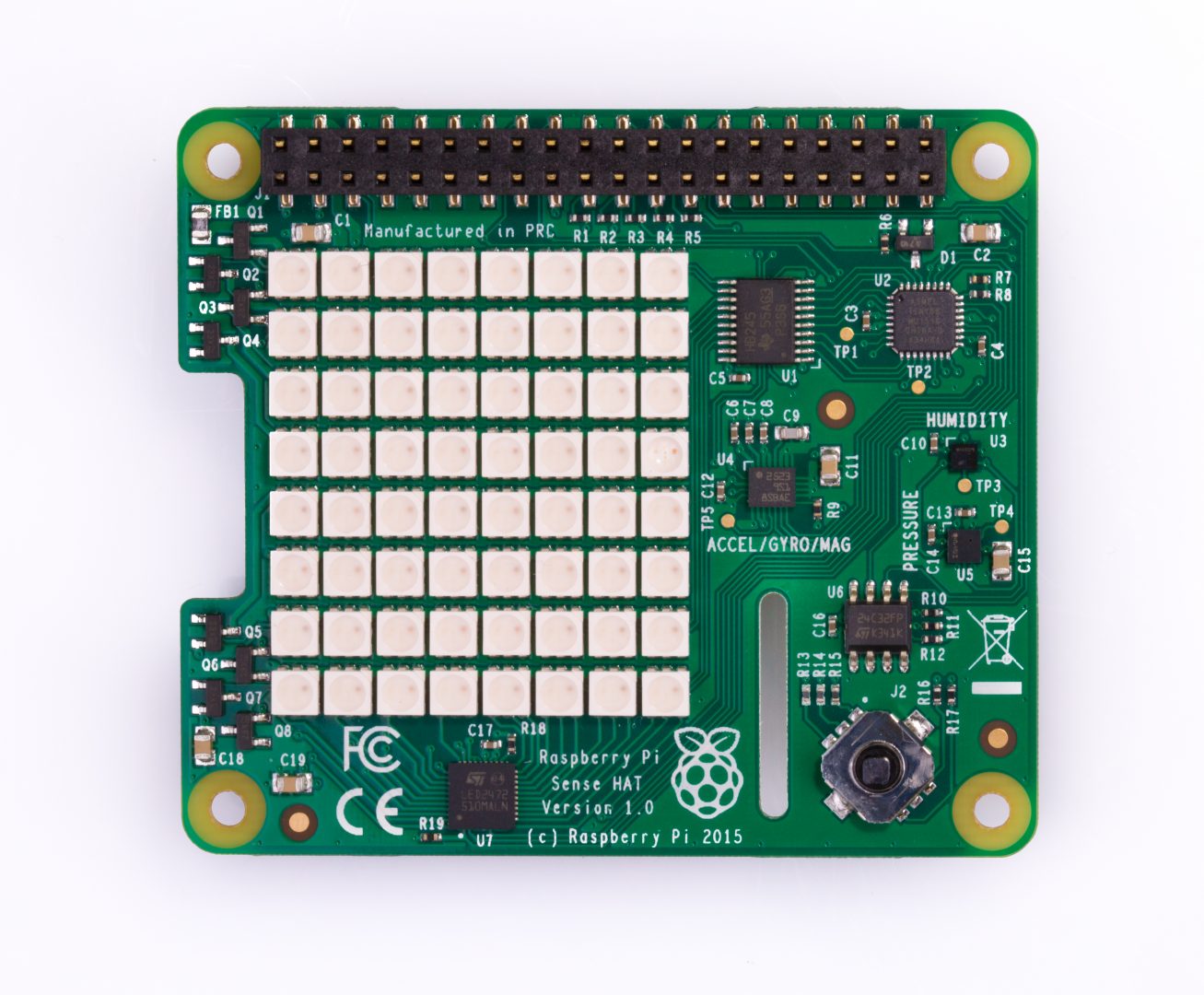


Many Linux systems come with rsync already installed. If you want something really simple, and you’re comfortable working at the command line, rsync is a good place to start. The Linux command-line utility rsync is a simple and versatile backup tool.

This article highlights three popular options for personal backup: rsync, Déjà Dup, and Duplicati. Some users prefer to configure a small file server on their own network, which could be as simple as a Raspberry Pi, but more users today are opting for cloud-based backup alternatives. The whole point of a backup should be to get the data off your computer.Ī USB stick or an external SSD drive are two simple choices, but many users find it more convenient to back up the data across the network to a remote system. Although it is possible to back up a directory to the same hard drive where it is stored now, and doing so will certainly protect you from problems caused by accidentally deleting or corrupting the working copy of a file, you won’t be protected from a hard drive failure. The backup destination is a fundamental question that could define your choice of a tool. Many backup tools also let you schedule a time for the backup or specify compression, encryption, and other options. The destination – where will the backup set be saved?.The source – where are the files coming from?.When you configure a backup you are defining: In this respect, all backup tools are similar. The basic idea is to take files from one place and put them somewhere else. The backup concept is simple and requires little explanation. Enterprise-ready backup tools offer powerful options and can back up hundreds of clients, but the latest generation of ordinary personal backup tools are all you need for your home environment. Your backup solution can be as big and complicated as you want to make it.
#GRSYNC RASPBERRY PI SOFTWARE#
But, free software is all about empowerment, and many of the available personal backup tools are easy to configure and use. In the office, backups are usually handled by a system administrator, which may make the process sound complicated and difficult. But your home office may also be missing some of the niceties of a conventional office setting – like free coffee, and perhaps, a regular backup routine. I wonder what would happen if/when I try to restore the system files.A home office is a wonderful thing – your commute time is zero, and you’re in easy reach of the refrigerator.
#GRSYNC RASPBERRY PI MAC#
The backup files are all owned by my Mac user. I assume this is related to file permissions. IO error encountered - skipping file deletion The script will not delete files from the backup when deleted on the Pi. I discovered that scp assumes all paths are relative to the home directory, and apparently so does rsync although this does not seem to be documented. Initially I used -exclude-from=~/bin/rsync-exclude.txt, but rsync could not find it. I know extended attributes are not often used on Linux, but OS X makes extensive use of them, and if I list files on the Pi home directory (mounted on my Mac) I can see them, and list values. Rsync: on remote machine: -extended-attributes: unknown option I encountered a number of issues, which are my actual questions (if anyone can used rsync -aEv. Rsync -av -delete-during -exclude-from=bin/rsync-exclude.txt /Volumes/Data/PiBackup # script to synchronise Pi files to backup I have a rsync-exclude.txt which contains:- /proc/*Īnd run my rsync with the following script #!/bin/bash I also run netatalk on the Pi so I can mount the home directory in Finder (or QuollEyeTree). I decided to implement a rsync strategy similar to that suggested by īACKGROUND I have a Pi, which is mainly used headless via ssh or VNC.


 0 kommentar(er)
0 kommentar(er)
